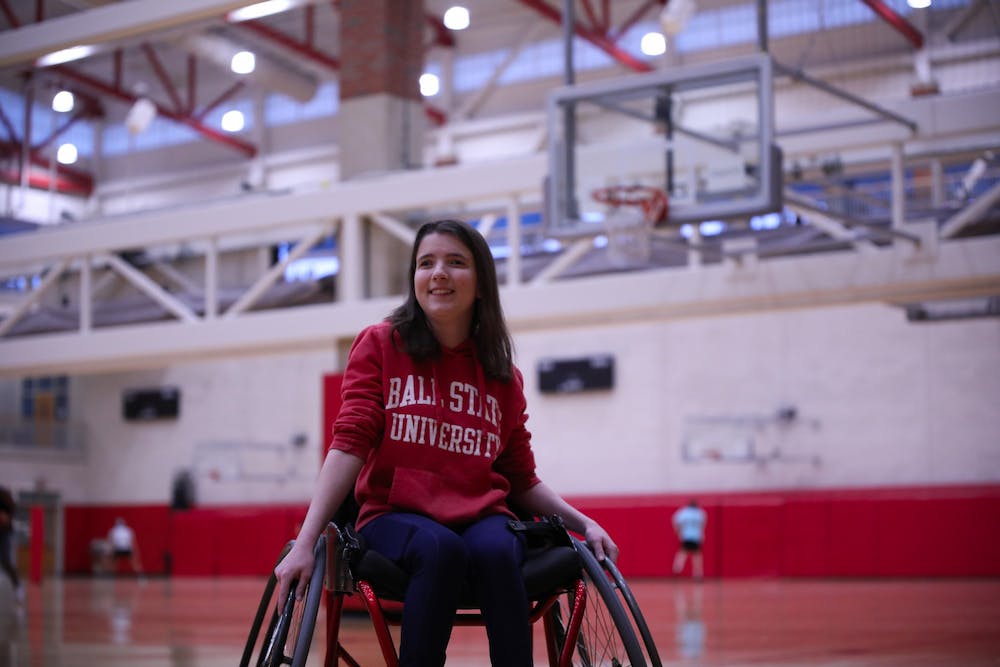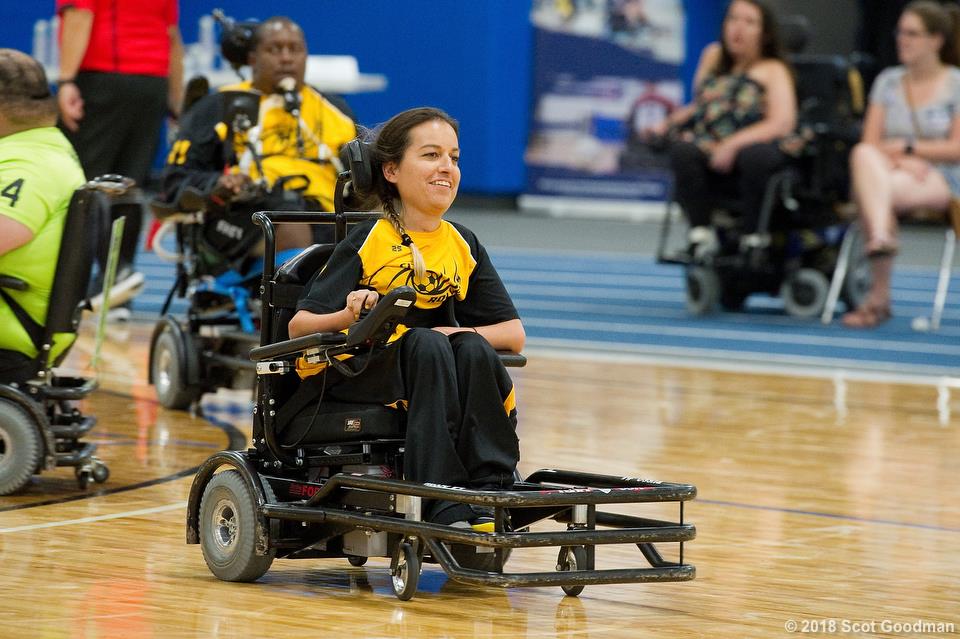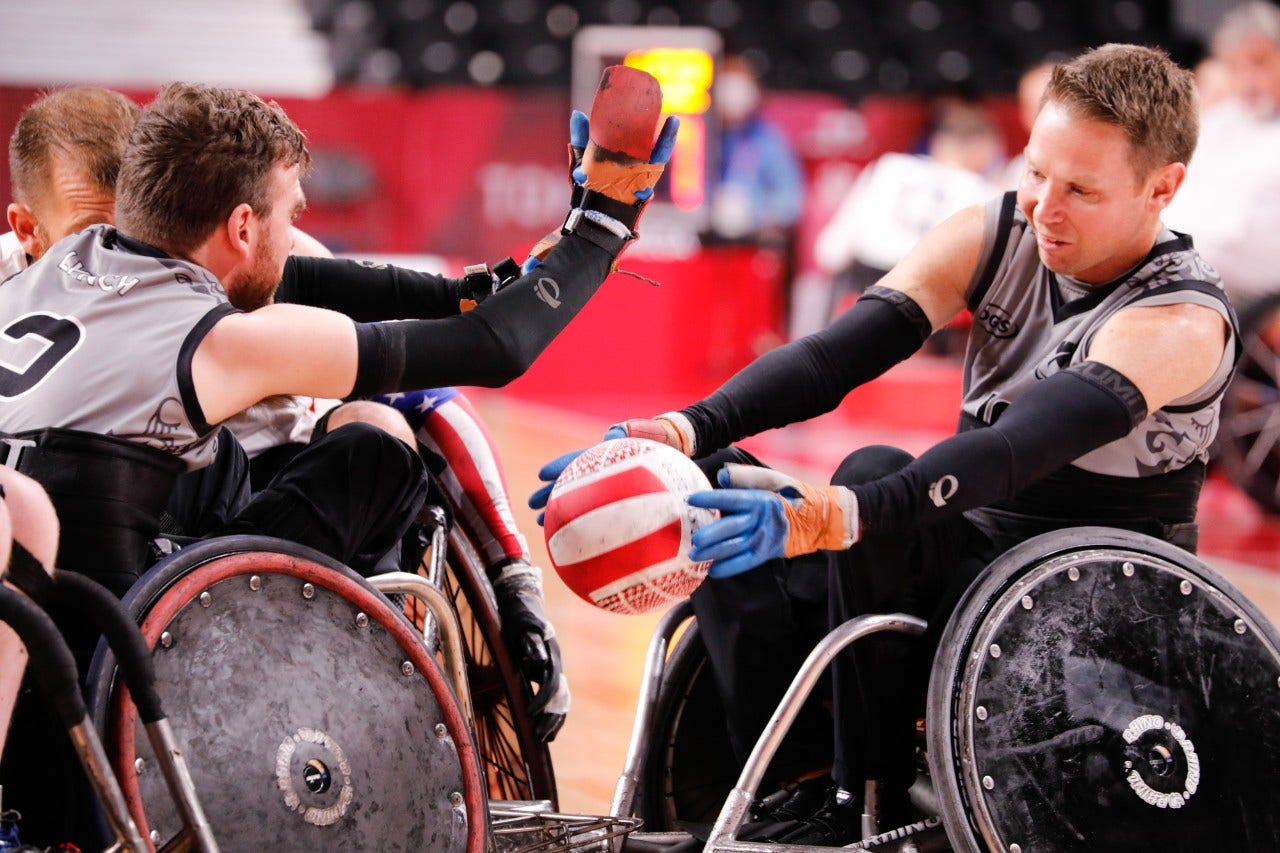
Adaptive Sports: Wheelchair Pickleball
Did you know pickleball was created by a former U.S. Congressman? When he wasn’t working in the Capitol Building, you’d find Congressman Joel Pritchard playing pickleball, a game he created alongside his friend, Bill Bell, in 1965.
The two had returned from a game of golf to find their families stirring to have some fun. Pritchard’s property had an old badminton court, so he and Bell set out to find badminton equipment, but when they came up short, they had to improvise. Eventually, the men settled on using a perforated plastic ball and ping pong paddles to play what would become known as pickleball.
What Is Pickleball?
Pickleball is similar to tennis, ping pong, and badminton. During a game, opponents use pickleball paddles to pass a plastic perforated ball back and forth.
Can You Play Pickleball in a Wheelchair?
Pickleball can be played in a wheelchair. Pickleball is considered one of the fastest-growing sports in the U.S. among people of all ages and abilities. In fact, The USA Pickleball Association allows mixed-ability play in sanctioned tournaments, so disabled and non-disabled players can compete against each other. Whether you play recreationally or professionally, the sport is inclusive, so it is a great opportunity for those with and without disabilities to get involved.
The Pickleball Court
A pickleball court is divided into three zones on each side of the net. These zones include two service areas and a non-volley zone. These zones determine where a player can and cannot hit the ball during a game. All pickleball courts are the same size, measuring 44 feet long and 20 feet wide for wheelchair and standing pickleball. The recommended length and width of the entire court, including the out-of-bounds areas for standing pickleball and wheelchair pickleball, differ. The ideal playing surface area for wheelchair pickleball is 44 feet wide and 74 feet long. This is a larger playing surface area than standing pickleball. The additional space beyond the pickleball court itself allows wheelchair users more space to safely maneuver their chairs without injury.
Scoring in Wheelchair Pickleball
Pickleball scoring is unique because only the team that is serving can score points. Servers change throughout the game, so either team can win a game. Games are played to 11 points.
Wheelchair Pickleball Rules
When playing wheelchair pickleball, you’ll want to consider a few basic rules.
Faults in Wheelchair Pickleball
In pickleball, rule violations stop gameplay and affect both teams. Because only the serving team can score points, a fault committed by the receiving team results in a point for the serving team. Faults committed by the serving team cause a change in the server, so the receiving team becomes the serving team, giving them the opportunity to score points. Common faults in pickleball include:
A ball lands out of bounds.
The ball hits the net.
The ball is volleyed before it has hit the ground once on each side of the net.
The ball is volleyed within the non-volley zone.
A ball bounces twice, or three times for wheelchair players before it is returned to the opposing team.
Serving in Wheelchair Pickleball
In standing pickleball, a player's feet must stay behind the baseline when serving. In wheelchair pickleball, the rear wheels of the wheelchair must stay behind the baseline. All serves must be underhand serves for both standing and wheelchair players. Once a ball is served, players can move beyond the baseline and into a service box. Most gameplay will take place within the service box areas. Servers change throughout the game. Once the serving team commits a fault, the opposing team will become the serving team. The serving team’s score determines the serving position. When the serving team’s score is even, they will serve from the right service box. When the serving team’s score is odd, they will serve from the left service box.
Ball Bounce Rules for Wheelchair Pickleball
Unlike tennis, once a ball is served in pickleball players cannot rush to the net. Instead, the team opposing the server must let the ball bounce once on their side before hitting the ball back to the serving team. In wheelchair pickleball, the ball can bounce two times before it must be returned to the opposing team. Failure of a wheelchair-using player to return the ball before it bounces three times will result in a change in server or a point for the serving team. The outcome depends on which team committed the fault and whether that person is on the serving or receiving team.
The Non-Volley Zone
The net sits in the middle of the pickleball court, with the non-volley zone extending 7 feet on each side of the net. During a volley, players must stay out of the non-volley zone. A volley occurs when players hit the ball back and forth without letting it touch the ground. The only time players can step into the non-volley zone is if the ball bounces first. More simply, players can step into the non-volley zone during non-volley play and must stay out of the non-volley zone when the ball is volleyed.
For players using wheelchairs, the front wheels of their wheelchair may touch the non-volley zone at any time, however, players using wheelchairs may only move the back wheels of their wheelchair into the non-volley zone after the ball has bounced one to two times. This means wheelchair users will want to be cognizant of their forward momentum when hitting the ball. If the back wheels of their wheelchair cross the non-volley zone before the ball has bounced, the player must back out of the non-volley zone before returning the ball to their opponent.
Wheelchair Pickleball Vs. Wheelchair Tennis
Pickleball is often compared to tennis. Although the sports have some similarities, pickleball may be ideal for people with disabilities for two reasons. First, the equipment used to play pickleball is lighter than that used in tennis. For athletes who have limited hand or arm function, pickleball equipment may be easier to handle. Second, pickleball courts are ¼ the size of a tennis court. For athletes who find wheelchair tennis to be strenuous, wheelchair pickleball may be a great option given its smaller playing surface area.
If you’re still unsure about pickleball, there are many other adaptive sports to choose from. Check out our other articles to find the adaptive recreational, professional, or Paralympic sport that is right for you.




